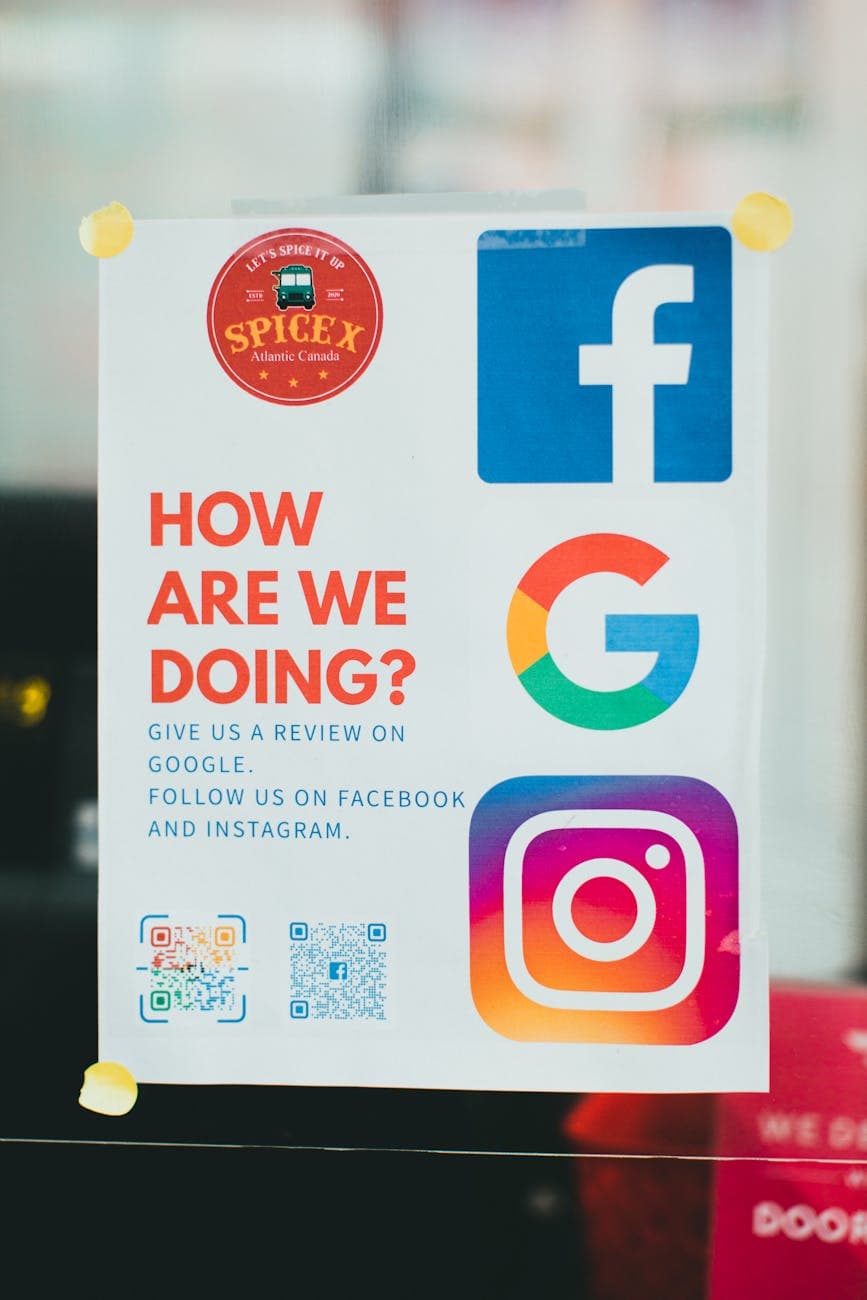Mapping the Customer Journey Through SaaS Reviews

In the sprawling digital bazaar that is the modern software marketplace, the journey a customer takes, wandering from initial curiosity to confident advocacy, rarely follows a straight line. The rise of Software-as-a-Service (SaaS) has only heightened this complexity, layering in rapid product iterations, fierce competition, and an endless chorus of user voices on public platforms. This has thrust SaaS reviews into a central, almost mythic role: more than testimonial, they are both mirror and map for companies seeking to navigate, influence, and understand the customer journey.
Yet, as these reviews pile up on sites like G2, Capterra, Trustpilot, and even within app store ecosystems, a deeper story emerges. Tracking the customer journey through SaaS feedback is not merely about tallying stars. Instead, it offers an evolving, real-time x-ray of customer sentiment and tells us volumes about how experiences shift at each pivotal stage: from consideration to onboarding, usage, and beyond.
The All-Seeing Lens: Why SaaS Reviews Matter
SaaS is defined by recurring relationships. Unlike traditional boxed software, the SaaS model relies on an ongoing exchange of value; customers can, and do, leave at a moment’s notice if their needs aren’t met. In this landscape, reviews are not only marketing collateral but operational dashboards and warning signals. They offer rare longitudinal data, capturing the shifting sands of user expectation and satisfaction over months or even years.
Prospective buyers comb through these reviews looking for red flags and proof points at every stage of their decision-making. Existing customers use them to articulate pain points, vent frustrations, or celebrate wins. Product teams disassemble this feedback, searching for actionable patterns. Marketers and customer success managers view glowing endorsements as gospel and negative feedback as urgent sprints. Meanwhile, the entire SaaS sector learns in real-time, adopting new best practices and abandoning failed ideas, in large part due to what users reveal in their open, unfiltered commentary.
But how, specifically, do these reviews track the customer journey? And what are the trends, challenges, and actionable lessons for the companies involved, along with the buyers they hope to woo?
The Discovery Phase: Trust, Hype, and Skepticism
At the mouth of the funnel, the journey begins with awareness and investigation. Here, SaaS reviews wield an outsized influence. In an era where word-of-mouth has gone digital, a product with hundreds of enthusiastic, detailed reviews projects an aura of legitimacy that even the most flashy marketing materials struggle to match. Yet, discerning buyers have grown increasingly adept at sniffing out inauthentic praise. Overly generic reviews or those that sound suspiciously similar breed distrust. Savvy SaaS companies realize that while volume helps, quality and specificity matter more.
A key trend is the rising use of video testimonials and narrative reviews which walk through real scenarios, demonstrating not just what a product is, but how it fits into daily business life. This shift towards storytelling fosters both trust and emotional connection, allowing potential buyers to envision the product in their own context. For SaaS startups with limited brand equity, embracing transparency, even platforming negative reviews alongside positive ones, has proven an unexpectedly powerful differentiator. It signals confidence and a willingness to learn, traits that resonate with skeptical, research-driven buyers.
Onboarding and Early Use: Signals in the Noise
Once a prospect becomes a customer, the focus of SaaS review feedback shifts. Enthusiasm often peaks with the novelty of new capabilities, but it is in this phase that friction first surfaces. Early reviews commonly focus on the onboarding experience: was setup intuitive, were tutorials effective, did support teams respond promptly? Vendors who track review content across this period spot patterns that rarely surface in NPS surveys or internal analytics.
Take the emergence of so-called “onboarding fatigue,” a trend where buyers express initial delight, only to feel overwhelmed or abandoned shortly after kickoff calls. For companies, tackling this challenge means calibrating the degree of handholding, expanding knowledge bases, and training service teams to proactively intervene at just the right moments. Real innovations in self-service onboarding, driven by feedback cycles visible in reviews, have spawned an entire sub-industry of onboarding optimization platforms. The very public nature of SaaS reviews provides benchmarks that no organization can afford to ignore; fall behind on onboarding, and your competitors’ reviews become tomorrow’s customer acquisition cost.
Ongoing Use: Evolving Demands and Loyalty
Over months and sometimes years, SaaS reviews chart the evolution of customer needs. As use cases mature, what was once a unique, delightful feature becomes a requirement; what was a quirk becomes a liability. Negative reviews at this stage often highlight gaps in promised functionality or demand integration with adjacent tools. Positive reviews praise quick, continuous improvements and attentive support.
This feedback loop presents opportunities and high-stakes challenges for SaaS vendors. Feature requests, when ignored, breed not only disappointment but public advocacy for competitors. Companies that communicate roadmaps transparently and follow up directly with reviewers transform critics into advocates, a dynamic that demonstrates the reputational dividends of listening and responding. The trend towards visible community roadmaps, where product directions are shaped and debated in the open, reflects the growing realization that SaaS, at its core, is a collaborative enterprise between vendor and customer.
Lessons for SaaS Vendors and Customers Alike
Taken as a whole, the customer journey as mapped through SaaS reviews is a living, breathing case study in connection, agility, and hard-earned trust. For companies, the challenge lies not just in collecting and displaying reviews, but in actively mining them at every stage of the journey for insights, intervention points, and opportunities for delight. The temptation may remain to treat reviews chiefly as a marketing lever. True competitive advantage, however, accrues to those who close the feedback loop in meaningful ways.
For customers, meanwhile, the proliferation of reviews has democratized the purchasing process. It empowers buyers to move beyond marketing promises and base decisions on lived reality. Still, the sheer volume and sometimes contradictory nature of reviews demand a nuanced approach. The best buyers learn to identify reviews from users with similar contexts or business needs, triangulate across multiple platforms, and view the review ecosystem as an evolving narrative, not a static score.
In the new era of SaaS, reviews do more than inform. They shape products, sway markets, and memorialize the arc of customer journeys for all to see. The real opportunity lies not just in tracking this feedback, but in embracing its lessons at every turn.


